|
Today we had a record number of fourth and fifth graders coming to after school tutoring and notebook clinic. I love seeing kids take charge of their education: when they came in they knew that they wanted to review different types of clouds, the difference between physical and chemical changes, the features of the ocean floor, how to measure matter with metric measurement tools, finding the volume of irregular objects, and of course, updating their science notebooks so they have accurate notes from which to study. Students formed study groups to analyze passages in the text, they worked independently to improve their understanding of diagrams, they received direct instruction to clarify concepts they learned in class, created problems for each other to solve, and practiced, practiced, practiced their measurement skills. We ended the day with calculating speed, which everyone loves doing!
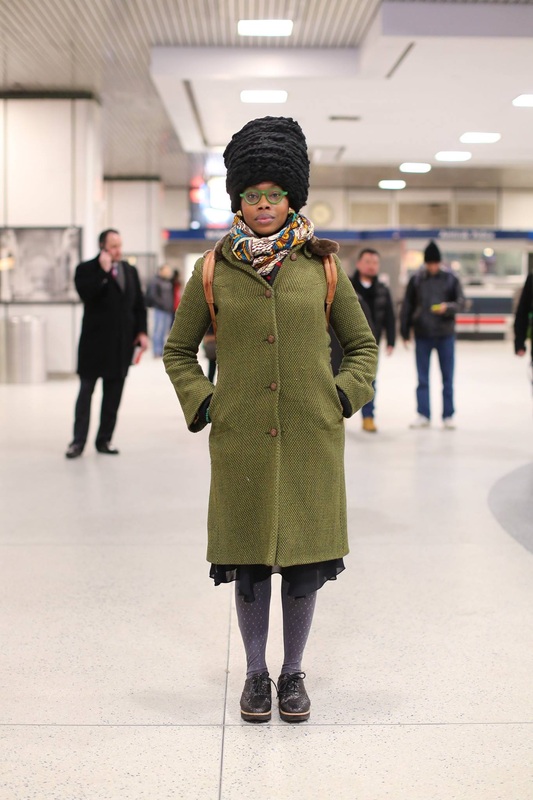 An inspiration from Humans of New York. This is what an electrical engineer looks like: https://www.facebook.com/humansofnewyork/photos/a.102107073196735.4429.102099916530784/891069327633835/?type=1&theater Looking for new books to add to your home library? Now through Monday, February 23, 2015, the National Science Teacher's Association is offering 10% off all NSTA Kids books (includes all NSTA Kids e-books, mixed-media sets, and sets). Use promo code GIVEBK at check out when you purchase these kid magnets in the NSTA Science Store.
Parents, please choose a time on Friday, February 6th for your conference. Meetings are 15 minutes long with a five minute transition time between them. We will need to end appointments promptly so the next conference can start on time. Thanks for your understanding!
There will be a notebook quiz this Friday! It will be for a classwork grade. Make sure that your notebooks are all caught up AND AT SCHOOL ON FRIDAY.
I hope you are all having a great break! Having this much-needed down time has given me a chance to post some of the great photos taken of our science projects and activities over the past months over in the 4th and 5th grade project galleries. Check them out here:
Fourth Grade Project Gallery Fifth Grade Project Gallery The archive is still growing, so check back often. I've got tons of really entertaining videos to share, too. I hope everyone gets some well-needed rest and is able to recharge for the quarter to come.
Over the break, 4th graders should work on their plant vocabulary book. They should write a definition and draw a picture for each entry. Some words may need to be researched in a dictionary, on line, or in their Science Fusion glossary. They should also do one question/assignment each day in their homework packet. It should not take more than five minutes a day to complete. If it takes longer, they should review the topic in Science Fusion, or look for help in StudyJams or other resources. 5th graders should be working on their Cell City! project. They should be working through their packet, drawing a preliminary map of their city, and collecting items to use for their 3D model. When they return they should be ready to correct and revise their work so they can get started on building and writing their final draft. Upon return, 4th graders should expect to continue to learn about plants, specifically reproduction and adaptations, participate in an investigation about other pigments in leaves besides chlorophyll, work on measurement and measurement tools, and take a close look at benchmark tests. Next topic of study is ecosystems, which will include a project on their favorite animal, its place in the food web, its habitat, life cycle and adaptations developed in response to their environment. 5th graders will also review their benchmark tests, finalize their Cell City projects, work on measurement, estimation and measurement tools, look deeper into testable questions and hypotheses, and begin to learn about classification and traits of organisms before we move on to studying ocean environments. Meanwhile, here is an interesting take on Sink or Float. It's a gif of Aluminium foil floating on sulphur hexafluoride gas with a much higher density than air. What do you observe and what can you infer from your observations? Can you come up with a testable question based on what you see? How about a hypothesis? |
*BLOG*...bringing you updates, reminders and a bunch of fun stuff for students and parents. Updated regularly. Archives
August 2016
Categories
All
|
||||||||||||||||||||||||||||||||||||||||||||||||
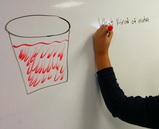
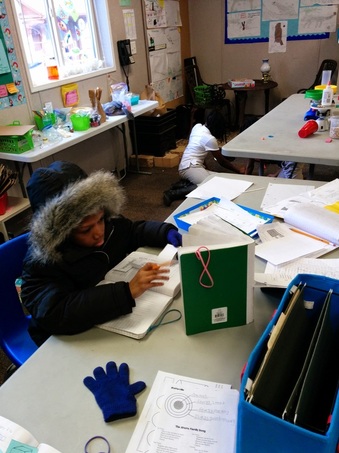
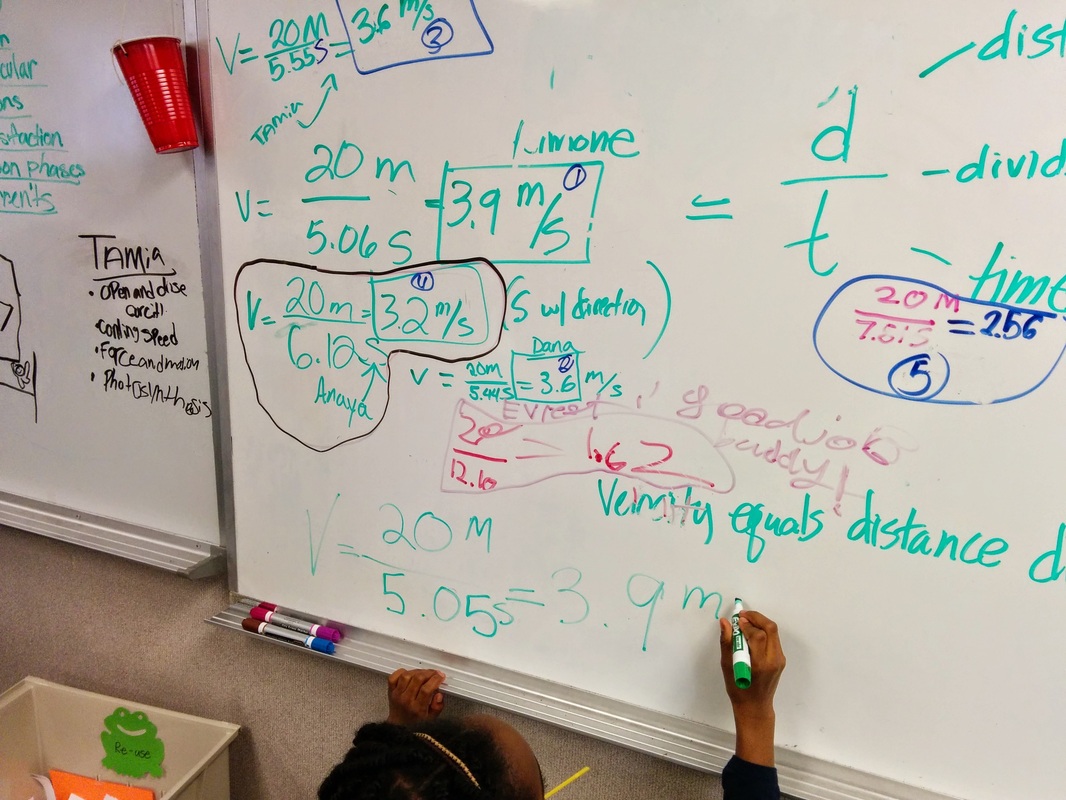



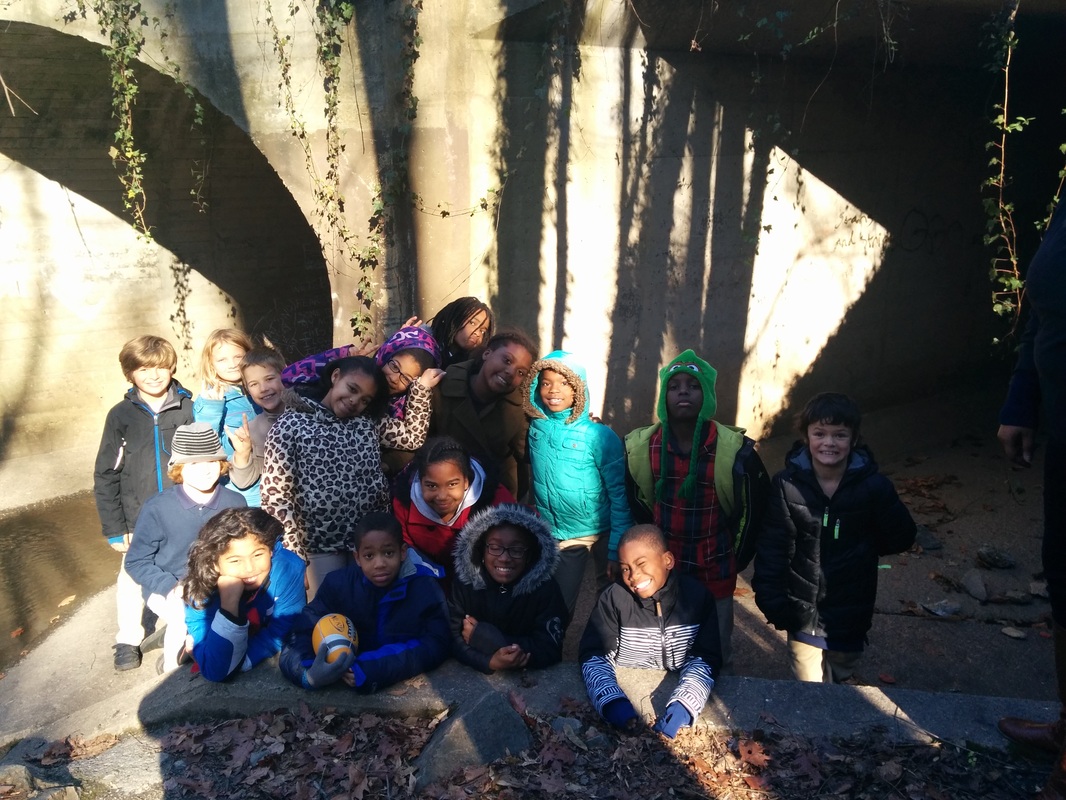
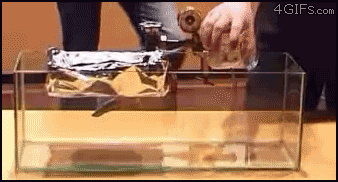
 RSS Feed
RSS Feed
